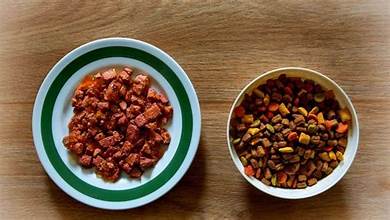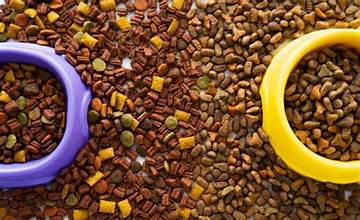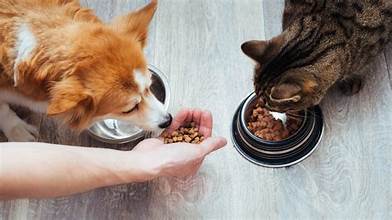Transitioning your pet’s food safely is crucial to maintaining their health and avoiding digestive problems. A slow and gradual process is critical, whether switching to a new brand, a different flavor, or a more specialized diet. This guide will provide essential steps to safely transition your pet’s food, helping them adjust smoothly.
Why Transitioning Pet Food Slowly is Important
Changing your pet’s food too quickly can cause various health problems, including vomiting, diarrhea, and loss of appetite. Gradually introducing the new food gives your pet’s digestive system time to adjust, preventing unnecessary stress.
1. Plan a Transition Period of 7-10 Days
A safe transition from one food to another should last 7 to 10 days. This gradual change will allow your pet’s stomach to adapt.
2. Start with 25% New Food and 75% Old Food
Mix 25% of the new with 75% of your pet’s regular food. Continue this ratio for the first 2-3 days.

3. Increase the New Food to 50%
After three days, increase the new food to 50% while maintaining 50% of the old food. Keep this balance for another 2-3 days.
4. Move to 75% New Food and 25% Old Food
On days 6-7, increase the amount of new food to 75%, leaving only 25% of the old food. This stage is essential to ensure your pet is adjusting well.

5. 100% New Food by Day 8-10
By days 8 to 10, your pet should fully transition to its new food and have no old food in its diet. At this point, observe for any signs of digestive upset.
Monitor Your Pet’s Reaction
During the transition, closely monitor your pet’s behavior, energy levels, and stool. Slow down the process and consult your vet if you notice signs like diarrhea, vomiting, or refusal to eat.
Special Considerations for Sensitive Pets
Some pets, especially those with sensitive stomachs or food allergies, may need more time to transition. If necessary, you can extend the process to two weeks or more.
Tips for a Successful Food Transition
Consult with Your Vet: Always check with your veterinarian before changing your pet’s diet, especially if your pet has medical conditions.
Use the Same Type of Protein or Grain: To make the transition smoother, choose a new food with a similar protein source (e.g., chicken to chicken).
Avoid Treats During Transition: Avoid giving treats during transition to prevent digestive overload.
Conclusion
Transitioning your pet’s food safely is vital for their overall well-being. These simple steps ensure the change will be smooth and free of digestive issues. Patience is vital when switching pet food. By doing it gradually, you help protect your pet’s digestive system and keep it happy and healthy.
Implementing these steps and monitoring your pet closely will ensure a successful and safe transition to its new diet.




